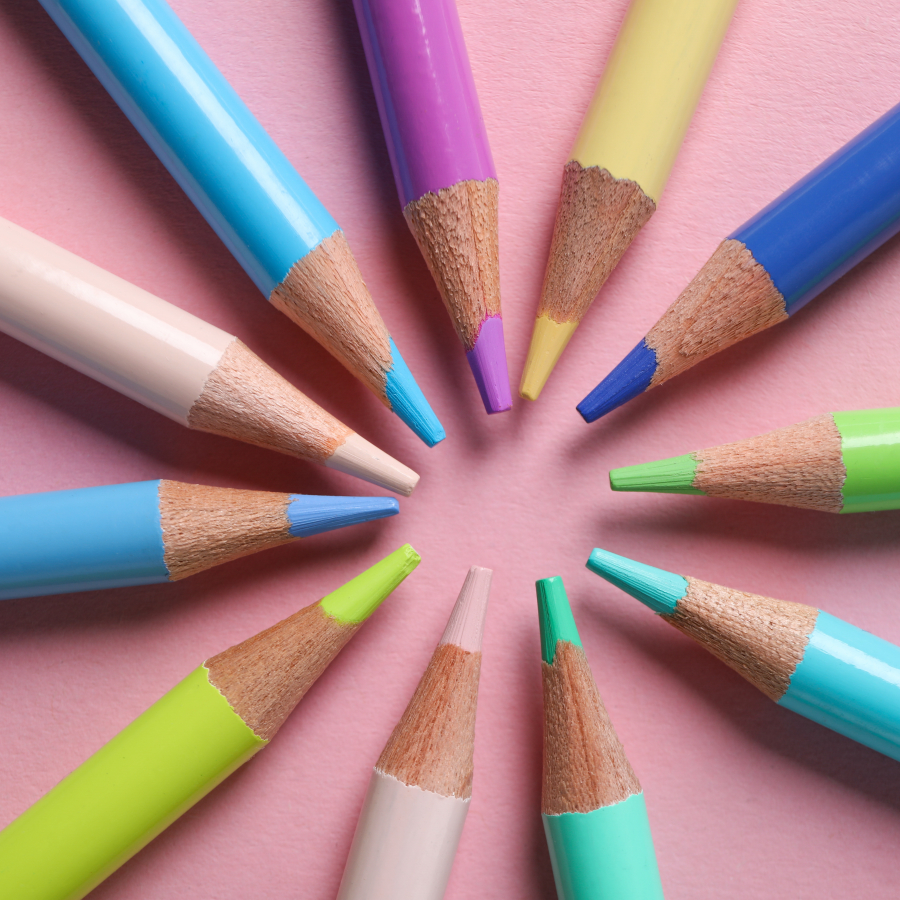Color pencils have been a staple in the art world for decades, loved for their vibrant hues and the control they provide. However, traditional color pencils have their limitations. They can’t offer the fluidity and blending capabilities that come with water-based mediums like watercolor paints. This leads us to an intriguing question: Can the use of water transform the capabilities of color pencils, thus expanding the creative horizons for artists? Let’s explore the world of water-soluble color pencils and how they can revolutionize artistic expression.

The Water-Soluble Nature of Color Pencils
Water-soluble color pencils are designed to be used both dry and wet, offering artists a versatile tool. When dry, they function like traditional color pencils, allowing for detailed and precise work. However, when a wet brush is applied, the pigments dissolve, creating effects similar to watercolor paintings. This dual functionality provides artists the freedom to experiment with texture and blending in ways that standard color pencils cannot.
For those new to this medium, understanding how these pencils work is crucial. The core of water-soluble color pencils is made from pigment and a water-soluble binder. When water is applied, the binder dissolves, releasing the pigment and allowing it to spread like watercolor. This opens up a plethora of creative possibilities, from soft washes to intense, vibrant strokes. For a detailed exploration of how these pencils function, you can refer to an in-depth guide on water-soluble pencils.
Techniques for Combining Color Pencils with Water
Using water with color pencils requires some practice to master. Here are a few techniques to help artists make the most of this medium:
-
Layering and Blending: Start by drawing with dry color pencils, layering different colors to build depth. Then, use a damp brush to blend the colors. This technique can produce smooth gradients and rich textures.
-
Creating Washes: Apply a light layer of color to the paper and then use a wet brush to create a wash. This method is excellent for backgrounds or large areas needing a subtle color gradient.
-
Detailing with Dry Over Wet: After applying a wash and letting it dry, use dry color pencils to add fine details. This allows for a combination of broad, fluid areas with sharp, defined elements.
-
Lifting and Correcting: Mistakes can be corrected by re-wetting the area and lifting the pigment with a paper towel. This feature makes water-soluble color pencils forgiving, ideal for experimental artists.
Exploring these techniques can significantly enhance the creative outcomes. For more tips and tutorials, check out this resource on watercolor pencil techniques.
Real-World Applications and Case Studies
The potential of water-soluble color pencils is not just theoretical. Many artists have successfully integrated these tools into their work, achieving stunning results. For instance, renowned artist Jane Doe used water-soluble color pencils to create a series of landscapes that combined the precision of pencil work with the fluidity of watercolors. Her work showcases how this hybrid approach can produce incredibly dynamic and vibrant pieces.
Artists looking for reliable sources to purchase quality water-soluble color pencils in bulk should consider durzerd.com for custom pencil needs. For smaller, more specific orders, cpencils.com offers a range of options.
Future Prospects and Artistic Evolution
The incorporation of water into the use of color pencils is not just a trend but a significant evolution in the art world. As artists continue to experiment, the techniques and applications of water-soluble color pencils will undoubtedly expand. This medium’s versatility allows it to cross traditional boundaries, making it an exciting field for both established and emerging artists.
Moreover, the rise of digital platforms and online tutorials means that artists can easily access new techniques and share their experiences. This communal learning environment fosters innovation and helps artists fully realize the potential of water-soluble color pencils.
For those interested in further exploring this medium, additional resources can be found at this comprehensive guide on water-soluble pencil art.
In conclusion, the fusion of color pencils and water opens up a world of creative possibilities. Whether you’re an experienced artist or a beginner, experimenting with water-soluble color pencils can add a new dimension to your work. Embrace this versatile medium and discover how it can transform your artistic practice.



